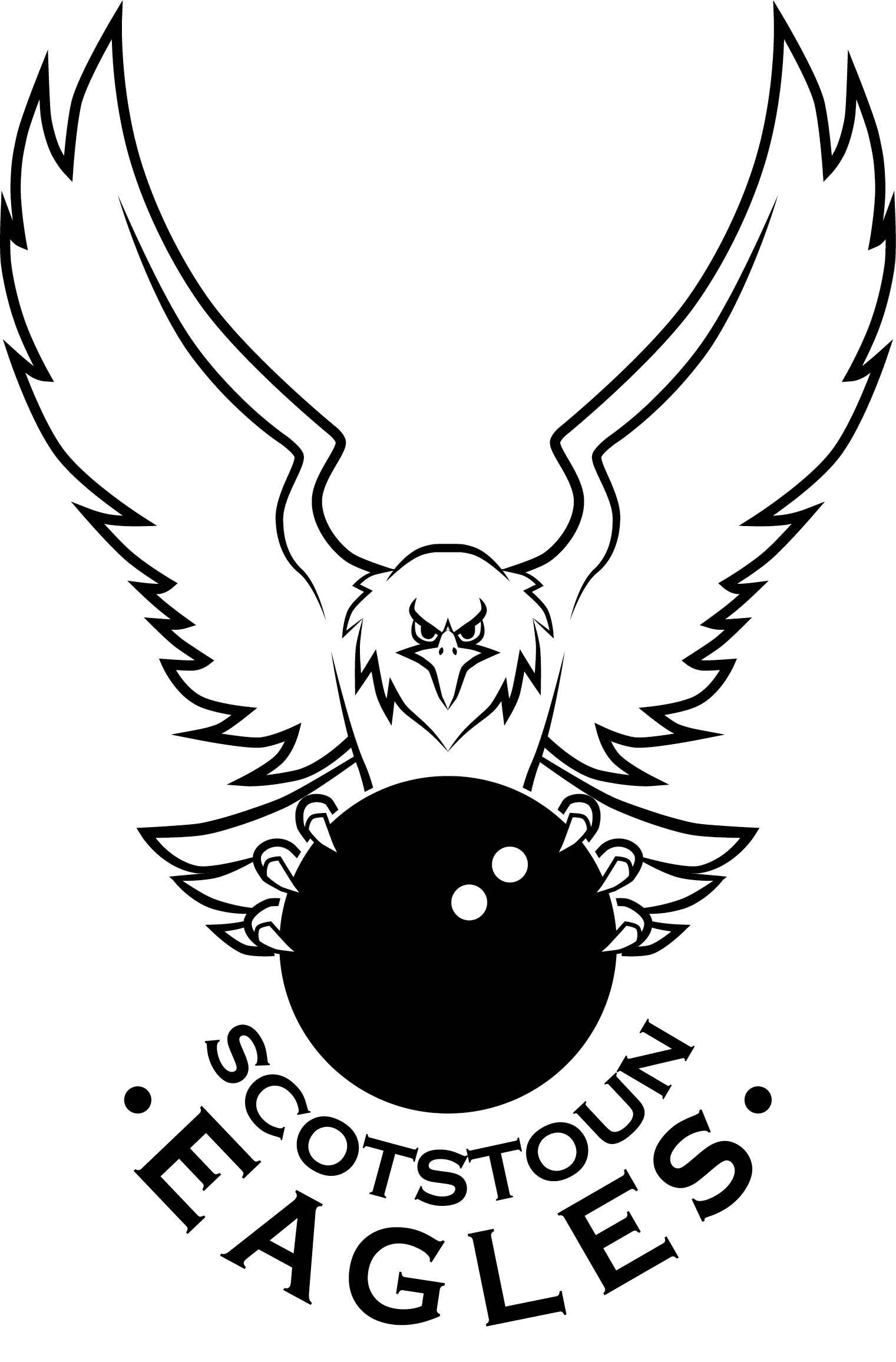Child Protection Policy Statement
Scotstoun Eagles Squash Club is fully committed to safeguarding the welfare of all children in its care. It recognises the responsibility to promote safe practice and to protect children from harm, abuse and exploitation.
Coaches and volunteers will work together to embrace difference and diversity and respect the rights of children and young people.
This document outlines Scotstoun Eagles Squash Club’s commitment to protecting children.
These guidelines are based on the following principles:
- A child is recognised as someone under the age of 18
- A child has the right to relax, play and join in a wide range of sporting activities
- The protection and well-being of all children in our care is everyone’s responsibility
- A child, whatever their age, culture, disability, gender, language, racial origin, socio-economic status, religious belief and/or sexual identity have the right to protection from all forms of harm and abuse
- A child has the right to express views on all matters that affect them, should they wish to do so
- A child’s rights, wishes and feelings should be respected and promoted
- The best way to promote the well-being, health and development of a child is to work in partnership with the child, parents/carers and other relevant organisations
Scotstoun Eagles Squash Club will:
- Promote the health and welfare of children by providing opportunities for them to take part in squash safely.
- Respect and promote the rights, wishes and feelings of children.
- Promote and implement appropriate procedures to safeguard the well being of children and protect them from abuse.
- Recruit, train, support and supervise its members and volunteers to adopt best practice to safeguard and protect children from abuse and to reduce risk to themselves.
- Require coaches, members and volunteers to adopt and abide by this Child Protection Policy and these procedures.
- Respond to any allegations of misconduct or abuse of children in line with this Policy and these procedures as well as implementing, where appropriate, the relevant disciplinary and appeals procedures.
- Observe guidelines issued by local Child Protection Committees for the protection of children.
- Regularly monitor and evaluate the implementation of this Policy and these procedures.
This Policy and these Procedures will be regularly reviewed:
- In accordance with changes in legislation and guidance on the protection of children or following any changes within Scotstoun Eagles Squash Club and/or Scottish Squash.
- Following any issues or concerns raised about the protection of children within Scotstoun Eagles Squash Club and/or Scottish Squash.
As a member club of Scottish Squash the club will continue to adhere to Child Protection policies and guidance by the national association and use Scottish Squash safeguarding training for volunteers and coaches.
Should you have any concerns regarding your child, our Child Protection Officer details can be found here: Safeguarding.
If you have an immediate and serious concern about the safety of a child, contact the police and/or your local social work child protection team. Contact details of social work can be found on the relevant local authority website.
